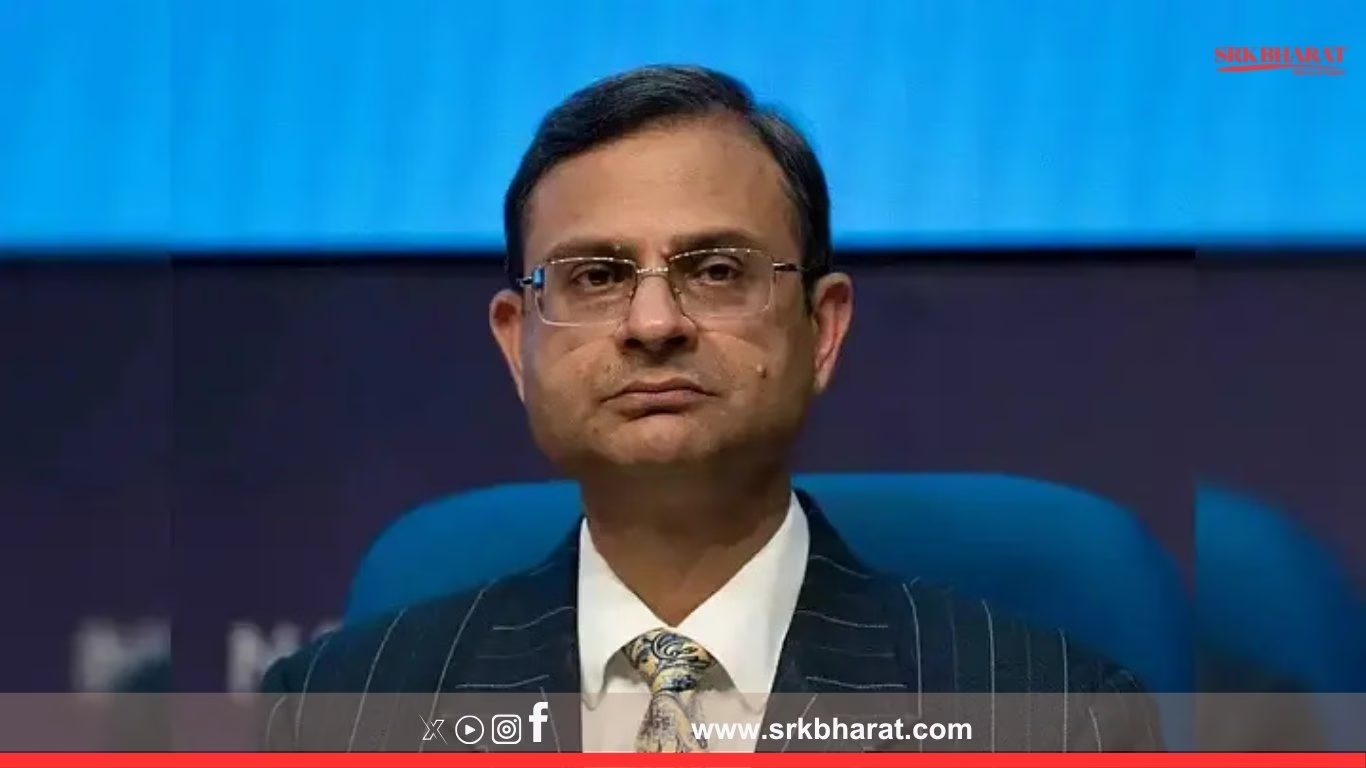In response to growing speculation and public concern about the potential imposition of charges on the Unified Payments Interface (UPI), Reserve Bank of India (RBI) Governor Shaktikanta Das has clarified that his comments were misunderstood and taken out of context. In a media interaction following the release of the latest monetary policy report, Das asserted, “I never said that UPI cannot remain free forever.” His remarks aim to put to rest growing unease among users, fintech companies, and policy stakeholders about the possible monetization of UPI services in the future.
The clarification comes amid a flurry of debates sparked by remarks made earlier during policy-related discussions, where the RBI emphasized the importance of finding a sustainable revenue model for digital payment systems.
Background: How the UPI Charges Debate Started
The issue first caught public attention when discussions surfaced around a 2022 RBI consultation paper that explored whether UPI transactions should remain free or carry a nominal charge. While the government promptly assured that UPI would remain a “digital public good,” doubts resurfaced after the RBI’s recent comments on incentivizing service providers within the digital payments ecosystem.
Many interpreted the RBI’s call for a “cost-recovery mechanism” as a precursor to charging UPI users, triggering backlash on social media, concern among merchants, and confusion among fintech companies.
However, Das’s latest clarification attempts to close that chapter, suggesting that the RBI is not pushing for user-end charges but is instead seeking long-term sustainability models for banks and payment aggregators involved in UPI infrastructure.
Shaktikanta Das Sets the Record Straight
Speaking to journalists during the post-policy press conference, Das said,
“Let me be very clear—we never said UPI must be charged. We also never said UPI will remain permanently free. What we are focused on is a fair and sustainable ecosystem that benefits all stakeholders. Our words were twisted.”
He reiterated that the RBI remains fully committed to promoting digital payments and financial inclusion. Das emphasized that no policy decision has been taken to charge users for UPI services and any such move, if ever proposed, would be done with full transparency and public consultation.
UPI: India’s Fintech Backbone
UPI, developed by the National Payments Corporation of India (NPCI), has emerged as the backbone of India’s digital economy. With over 11.4 billion transactions processed in July 2025 alone and growing at an average monthly rate of 8–10%, UPI has revolutionized how individuals, businesses, and institutions transact in real time.
| Month | Number of Transactions (in billion) | Transaction Value (₹ lakh crore) |
|---|---|---|
| April 2025 | 10.2 | 18.3 |
| May 2025 | 10.8 | 19.1 |
| June 2025 | 11.1 | 19.8 |
| July 2025 | 11.4 | 20.5 |
With zero fees charged to end users, the UPI model has democratized access to digital payments, reducing reliance on cash and fostering transparency. But this free structure has also raised sustainability questions, particularly for payment service providers and participating banks who bear the cost of maintaining digital infrastructure.
Industry Reactions: Relief with Caution
The Governor’s clarification was largely welcomed by the fintech ecosystem, but many companies emphasized the need for long-term solutions.
A leading fintech CEO remarked,
“While it’s reassuring that UPI won’t be monetized at the user level for now, we do need sustainable models where service providers are not operating at a loss. Innovation and scale need to be matched with viability.”
Banks, too, have long expressed concern that maintaining UPI infrastructure without transaction-based incentives puts pressure on operational budgets, especially for smaller private and regional banks.
Potential Alternatives Being Explored
According to policy analysts, the RBI and NPCI may explore non-user-facing monetization mechanisms, such as:
- Annual platform access fees for large merchants
- Subsidies or direct government support for digital infrastructure
- Tiered pricing models for high-frequency commercial users
- Cross-selling of value-added financial services (e.g., credit, insurance)
- Merchant Discount Rate (MDR) reintroduction under revised frameworks
However, any such model would need to tread carefully, balancing revenue needs with the ethos of digital inclusion and public benefit.
India’s Commitment to Free Digital Infrastructure
Finance Ministry officials have repeatedly affirmed their position that UPI will remain free for users, aligning with the government’s Digital India mission. In Budget 2023, ₹1,500 crore was allocated to promote digital payments and cover infrastructure costs, helping offset revenue gaps for service providers.
A senior government official added,
“Digital payments are a pillar of financial inclusion. As a public good, UPI must remain accessible to the masses without friction. But that doesn’t preclude back-end support mechanisms.”
Global Recognition of UPI Model
India’s UPI model has gained international recognition, with countries such as France, Singapore, UAE, Sri Lanka, and Bhutan adopting or integrating with UPI-based systems. The World Bank has praised UPI as a benchmark in low-cost, high-volume public digital infrastructure.
| Country | UPI Integration Status | Remarks |
|---|---|---|
| Singapore | Live | Linked with PayNow |
| France | Pilot in Progress | Collaboration with local banks |
| UAE | In Testing Phase | NPCI International and Mashreq Bank |
| Bhutan | Fully Live | Powered by Royal Monetary Authority |
| Sri Lanka | MOU Signed | Infrastructure being set up |
India’s leadership in real-time payments now serves as a case study for digital public infrastructure around the globe, with many countries attempting to replicate the success of UPI.
Public Sentiment: No Charges, Please
Public sentiment remains overwhelmingly in favor of keeping UPI free. A nationwide survey conducted by a digital policy think tank found that 83% of respondents oppose any form of charges on UPI, even if nominal.
| Survey Question | Yes (%) | No (%) |
|---|---|---|
| Should UPI transactions be charged? | 11 | 83 |
| Would you switch to cash if UPI becomes chargeable? | 61 | 25 |
| Do you support government funding for UPI infra? | 78 | 12 |
This clearly shows that while the public values convenience, they remain highly price-sensitive. Any future move toward monetization would risk reversing years of digital adoption gains.
Conclusion: Communication is Key
The RBI Governor’s statement has helped ease immediate concerns but has also highlighted the need for clearer communication from regulatory institutions, especially on topics as sensitive as digital payments. As India moves toward becoming a $5 trillion economy with a digital-first financial model, ensuring trust, transparency, and sustainability will be paramount.
For now, UPI remains free for users—an achievement that symbolizes India’s leadership in inclusive fintech innovation. However, as infrastructure costs rise, the conversation around monetization models is unlikely to disappear completely. Stakeholders must continue to collaborate, innovate, and co-create solutions that balance affordability with sustainability.
Disclaimer:
This article is intended solely for informational and editorial purposes. The content does not constitute financial or policy advice. All statistics and survey results are based on publicly available data and independent reports. Views attributed to individuals are for illustrative purposes and do not reflect the opinion of the publisher.











